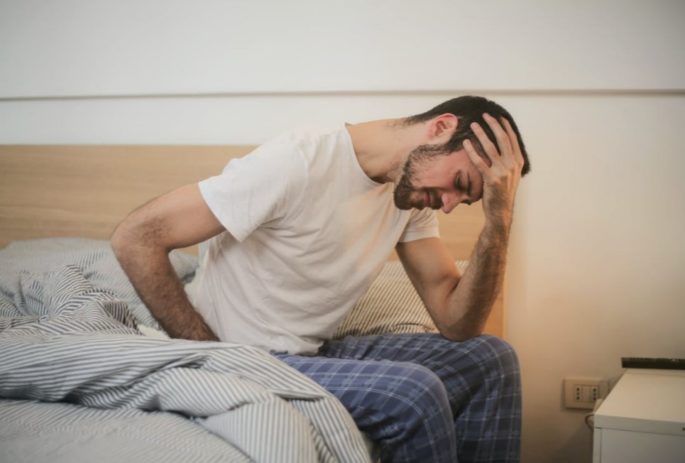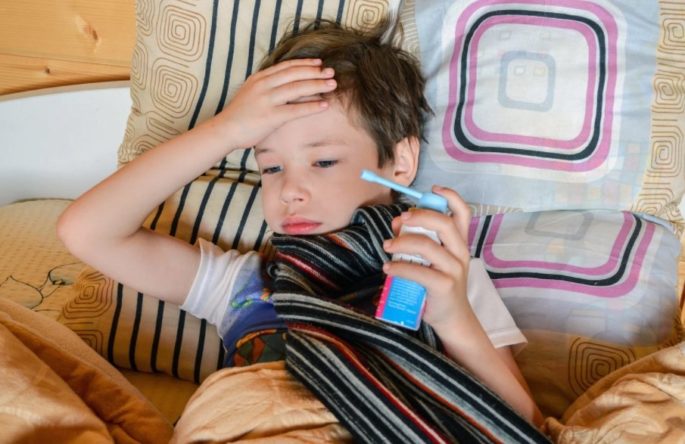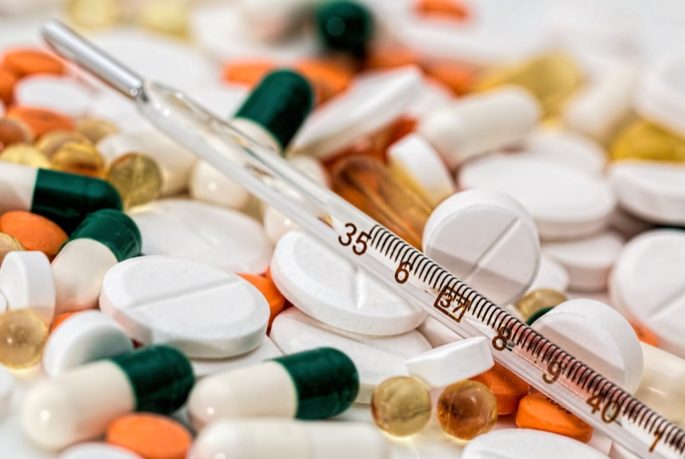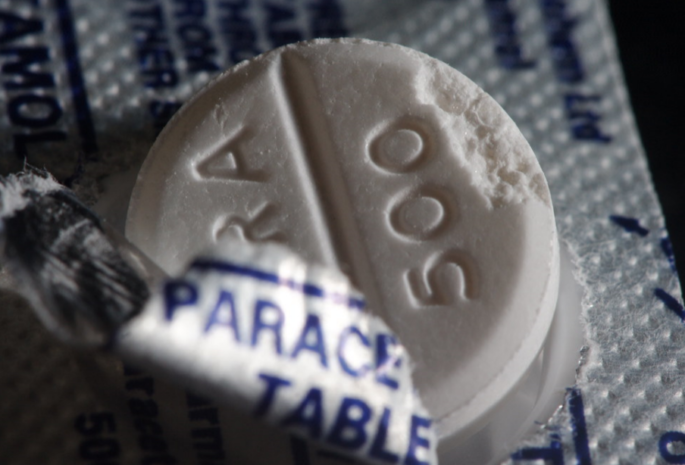Who doesn’t reach for the diarrhoea tablets when you aren’t feeling 100%? Diarrhoea is an unpleasant ailment and while it isn’t usually the most severe sickness you can have it still poses a risk. One of the more serious aspects of diarrhoea is dehydration. Of course, you don’t always associate dehydration with diarrhoea, however, it is a real possibility, nonetheless. Remember, your body cannot retain fluids as they pass through the body so quickly. Fortunately, there are ways to prevent dehydration. So, can a simple sugar and salt solution prevent dehydration, and how to deal with diarrhoea?
Preventing Dehydration
While it might seem remarkably simple, mixing salt (half a teaspoon), sugar (eight teaspoons), and water (one litre) can be a lifesaver. You can sip this solution throughout the day and hopefully help prevent dehydration from occurring. It’s not a complicated solution to make and could be useful when you’ve had diarrhoea for several days. Of course, diarrhoea tablets may help ease the symptoms, but you can still lose fluids.
The Problem with Diarrhoea
Your body retains fluids, but when you use the bathroom, you lose them. Of course, their body is still able to retain some of those fluids; however, diarrhoea changes all that. Since you are in the bathroom throughout the day, whatever fluids you’d normally retain is lost. That puts your body in a dangerous position because it leaves you vulnerable to dehydration. Diarrhoea tablets may ease the excessiveness, unfortunately, you might still be dehydrated. When dehydration occurs, a number of things could happen within the body and in some rare cases death occurs. This is a risk for anyone, especially babies. More details!
Prevention Is a Necessity
In all honesty, it’s easy to pick up a winter bug. There are, in fact, certain seasons in the year where vomiting and diarrhoea are common; however, you can take precautions. For instance, maintain good cleanliness and hygiene. When you’re preparing food, keep the outside door closed to help prevent bugs from coming in and contaminating the food. Always cook food correctly and avoid out-of-date foods that pose a risk to your wellbeing. It’s important to understand that diarrhoea tablets are a useful tool to combat the problem; however, prevention is key. You can take simple precautions to protect yourself and others.
Contact a Doctor at the First Sign of Dehydration
You can use diarrhoea tablets and take plenty of fluids; however, if the diarrhoea is severe, you may struggle to retain fluids – even with a sugar and salt solution. It could be better to contact a doctor or seek emergency care if you or a loved one shows signs of dehydration. It might be nothing, however, it’s best to be on the safe side. Dehydration can sneak up so fast and can impact the body in little time. It doesn’t take days or weeks to become seriously ill from dehydration; it could happen within a few hours. That’s why it’s essential to contact a doctor as soon as possible.
Take Care, Use Diarrhoea Tablets, And Seek Help When Necessary
In some cases, a few tablets that are meant to stop diarrhoea will be enough to ease the problem. Unfortunately, that isn’t always the case, and you have to be extremely cautious of dehydration. It’s easy to believe dehydration isn’t possible because you’re drinking water; however, it’s still possible. With diarrhoea, you’re going to the bathroom often and losing fluids. You’ll lose salt and it can cause dehydration so quickly. Knowing how to prevent and care for yourself when you have diarrhoea could prevent dehydration. Use diarrhoea tablets and go to the emergency room if you suspect dehydration. Read our another article: https://www.thecarryingkind.com/the-five-factors-that-make-you-at-risk-for-hypothyroidism/







